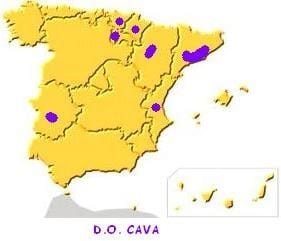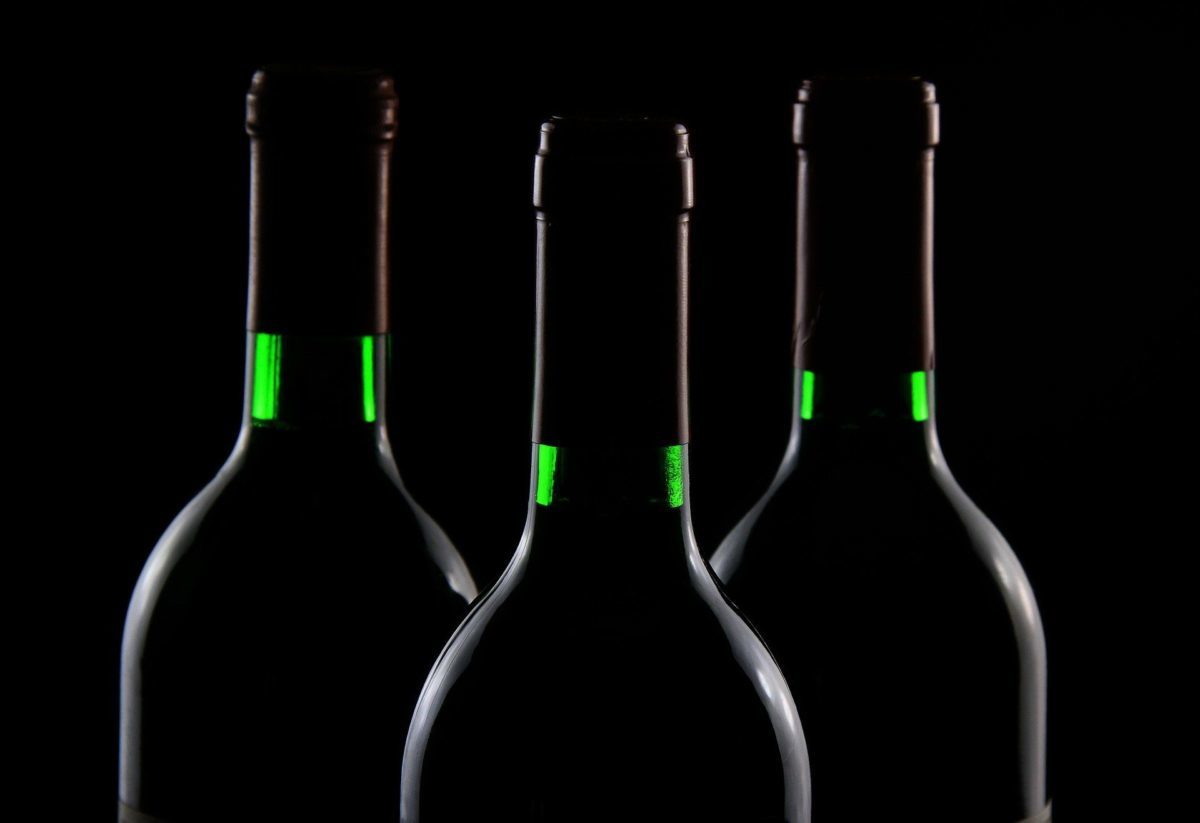Write: Álvaro Hernando, International Sommelier
Most of this DO cava is located in the region of Catalonia. In the area of Penedes, with approximately 30.600 Ha, but it also extends to other municipalities in Spain.
The varieties used are, as preferred in white grapes, Macabeo (Viura), Xarel.lo, and Parellada. As authorized Chardonnay, Subirat Parent and Malvasía Riojana. In red grapes, the preferred varieties are Garnacha Tinta and Monastrell, and as authorized, Pinot Noir and Trepat.

Generalities of DO Cava wines
The municipality of Sant Sadurni d'Anoia (Penedés) It is the nucleus and origin of this region, the engine that drives and gives it life. Cava acquired the category of quality psr (quality sparkling wine produced in a specified region) on November 14, 1991. It was when the regulation of the Cava and of su Regulatory Council.
This sparkling wine, famous throughout the world, began to be known in the Alto Penedés area in 1872. When Josep Raventos produced the first 3.000 bottles in the historic house Quail. Currently, more than 200 million bottles are produced per year.
The adhesion of Spain to UE involved the equating of wines with DO cava to top category wines (quality wines psr). Before the Accession Treaty, the cava was the only Denomination specific Spanish structure that had its own structure, identical to the Denominations of Origin.
The difference lay in the delimitation of the area and for that reason at the beginning of 1986 the "Region of Cava". This delimited its production area. Thus, the Cava is protected from EU. and recognized as quality sparkling wine produced in a specific region (psr).
More than 150 towns throughout Spain are within the «Cava Region»
La Cava region It is made up of a total of 159 municipalities from Barcelona (63) Tarragona (52) Lleida (12) Girona (5) The Rioja (18), alava (3) Zaragoza (2) Navarre (2) Valencia (1), y Badajoz (1). Together they make up the delimited production area of the digging. Therefore, they are the only ones with full legal capacity to produce this type of sparkling wine and market it under that name.
The weather is Mediterranean, bright and sunny, with mild winters and not excessively hot summers. As regards rainfall, it manifests itself in a low rainfall regime that ranges between 500-550 mm. The soil is clayey-calcareous and of medium fertility.
The cultivation of the vine extends from the Mediterranean coast to the high areas, around 800 m altitude. However, it is the central area, at an altitude of 200-300 m, where the largest vineyard area is located.

The minimum time on the lees is 9 months. The Cava Reserve DO cava a minimum of 15 months pass and Gran Reserva 30 months on lees. Indication Gran Reserva may only be used in the presentation of rates Brut Nature, Extra Brut and Brut. Whose aging is not less than 30 months and has been carried out within the same winery. The label must contain a mandatory indication Gran Reserva and the year of harvest. In this sense, cava is the only sparkling wine that can hold this distinction.

CLASSIFICATION BY DEGREE OF SWEETNESS
TYPES OF SUGAR CONTENT
BRUT NATURE 0 to 3 grams
EXTRA BRUT Up to 6 grams
BRUT Up to 12 grams
EXTRA DRY Between 12 and 15 grams
DRY Between 17 and 32 grams
SEMI DRY Between 32 and 50 grams
SWEET More than 50 grams






